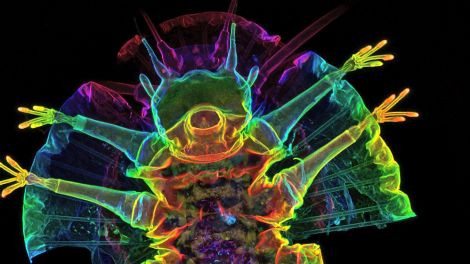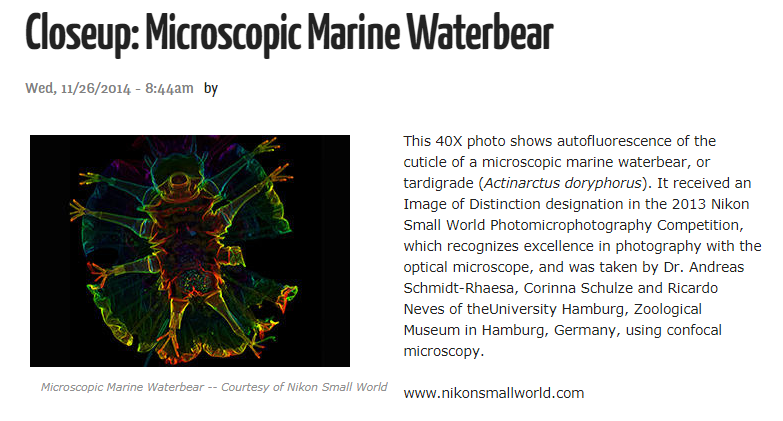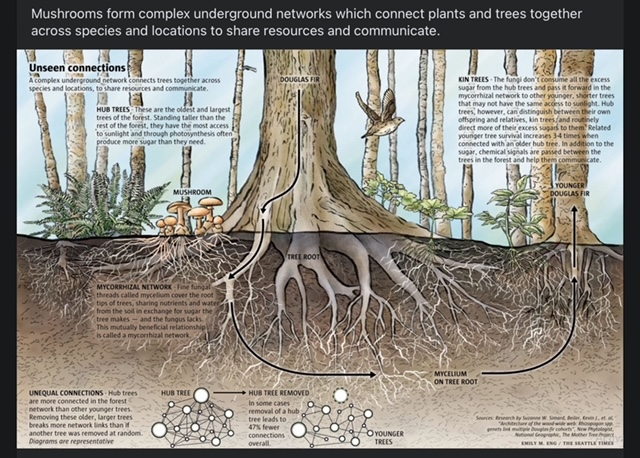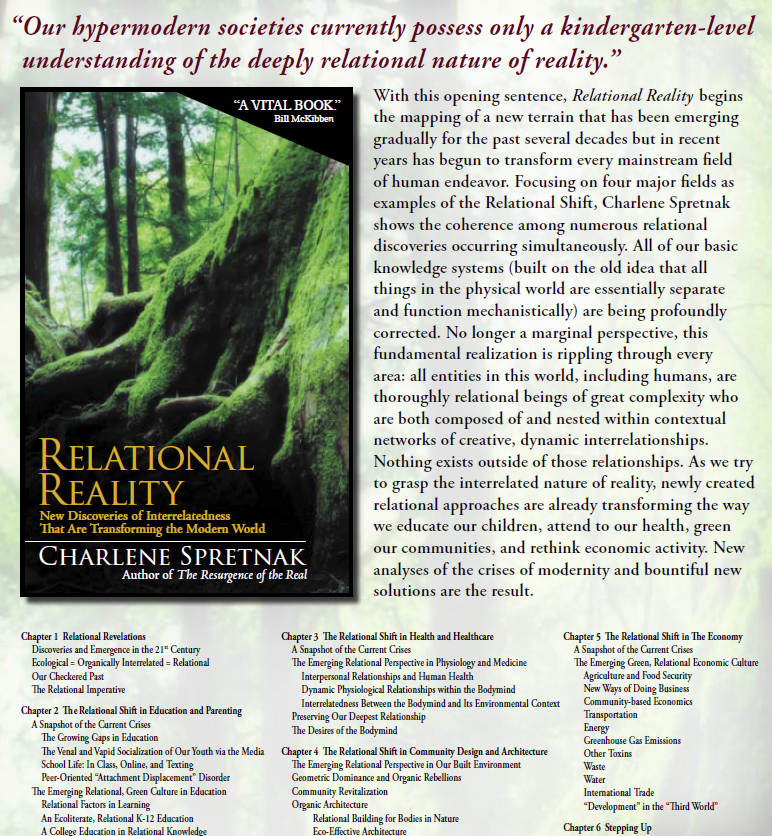File:Forest Moss and unseen 'tiny little ones'.PNG: Difference between revisions
Siterunner (talk | contribs) No edit summary |
Siterunner (talk | contribs) No edit summary |
||
| Line 50: | Line 50: | ||
[[Category:Biodiversity]] | [[Category:Biodiversity]] | ||
[[Category:Ecology Studies]] | |||
[[Category:Forest]] | [[Category:Forest]] | ||
[[Category:Forests]] | [[Category:Forests]] | ||
| Line 57: | Line 58: | ||
[[Category:Nature]] | [[Category:Nature]] | ||
[[Category:Planet Citizens, Planet Scientists]] | [[Category:Planet Citizens, Planet Scientists]] | ||
[[Category:Soil]] | |||
[[Category:Wildlife]] | [[Category:Wildlife]] | ||
Latest revision as of 20:15, 9 July 2023
By the way... look closely, look at the connections, the relationships
Underfoot, above and below, inside and all around are the "tiny little ones"
e.g., 1 gram of moss, 132,000 tardigrades
Tardigrades Are Tiny & Tough
"The deeply relational nature of reality" ...
Forest Microbiome & Ecosystem Ecology
Soils are alive. Incredibly diverse forest microbial communities have profound impacts on our world that we are just beginning to grasp. My team studies the forest microbiome. How does incredible microbial diversity affect which trees are in a forest, forest carbon sequestration and climate change forecasts? I focus on the ecology of mycorrhizal fungi - fungi that form a symbiosis with the roots of most plants on Earth – however I am broadly interested in links between microbes and ecosystems.
File history
Click on a date/time to view the file as it appeared at that time.
| Date/Time | Thumbnail | Dimensions | User | Comment | |
|---|---|---|---|---|---|
| current | 21:03, 11 April 2023 |  | 800 × 1,104 (1.53 MB) | Siterunner (talk | contribs) |
You cannot overwrite this file.
File usage
The following 4 pages use this file:



